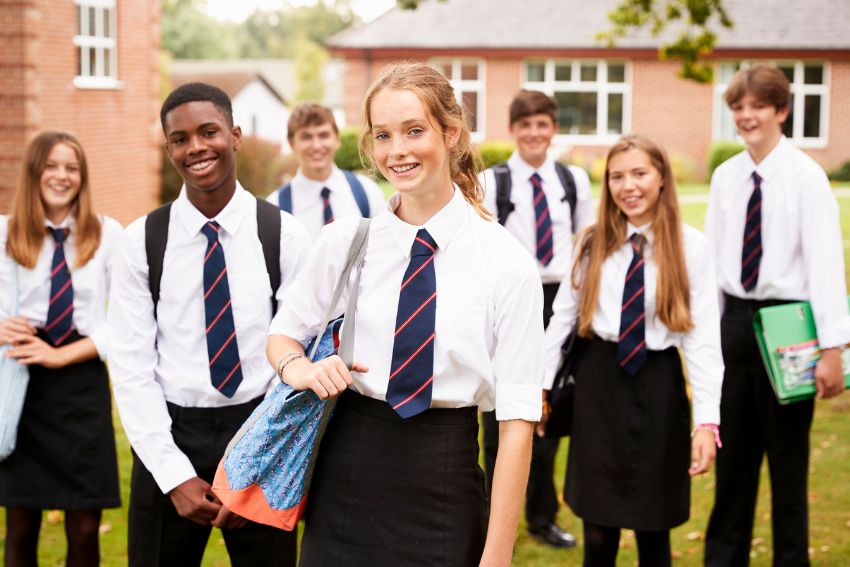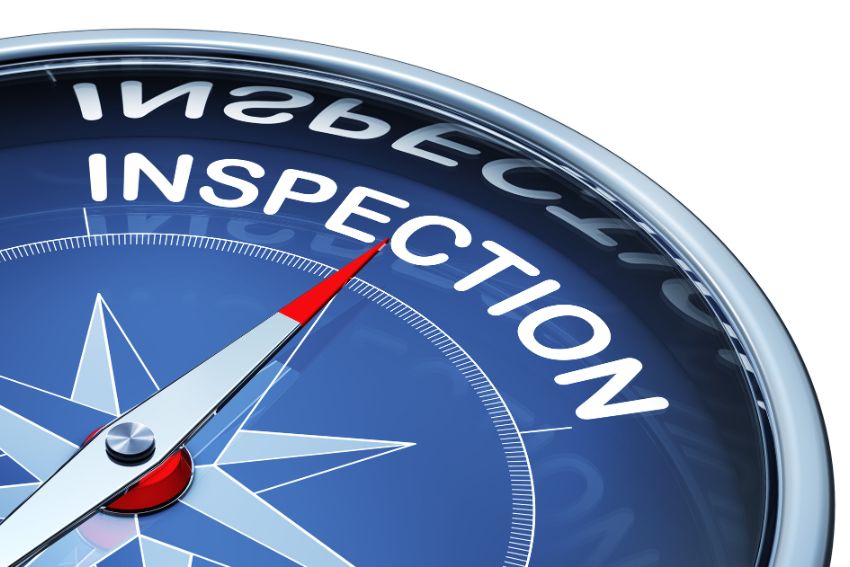School Admissions: How to Choose a Secondary School in the UK
How Does the British Education System Work?
The UK education system is made up of four main stages: primary (ages 5-11), secondary (ages 11-16), further education (17+) and higher (18+). Each stage offers a unique learning experience, with varying degrees of standardised exams depending on the subject.
Finding the right school can feel overwhelming when admission criteria are so competitive.You have to have several schools ready to go and one of them should be the safe option. Let’s cover everything about the UK’s school system, what types of schools there are and how can parents choose the right school. Remember, there is always a way to change if it does not work out. Hence, don’t overwhelm yourselves. 🫂
📌 Primary Education
Primary school begins at age 5 and lasts until age 11. Children in this stage will study English, maths, science, PE and technology as well as religion or ethics. They will also begin learning foreign languages such as French or German. The curriculum is standardised across all schools so that children who move schools don’t have to worry about missing out on certain subjects.
It is split into two stages – Key Stage 1 (KS1) and Key Stage 2 (KS2).
Key Stage 1 covers the first three years of primary school and focuses on learning through play. It is split into two phases: Foundation Phase (ages 5-7) and Key Stage 1 (ages 7-11).
Key Stage 2 covers the last three years of primary school and focuses on a more formal approach to learning. It is split into two phases: Key Stage 2 (ages 10-11) and Key Stage 2/3 combined (ages 11-14).
📌 Secondary Education
Secondary school lasts from ages 11 to 16, although it can end earlier if a student decides not to continue with their studies at some point. At the end of key stage 3, your child will choose their GCSE subjects for key stage 4. On average students can take up to 9 GCSE subjects including the 3 core subjects, which are English, maths and science.
GCSE (General Certificate of Secondary Education) is a two-year programme. Students typically prepare for GCSEs in Year 10 and Year 11 before moving on to A Levels in Years 12 and 13. Getting a good grade in GCSEs is essential since most admissions officers will take them into account while choosing the perfect applicant. Hence, it’s important to choose the right school for secondary education.
📌 Further Education
After finishing secondary education, students can go on to further their studies by taking A-Levels or other vocational qualifications. Students planning to attend college or university in the UK must complete further education before doing so.
Different Types of Secondary Schools in the UK

There are many different types of schools in the UK.
📌 State Schools
They are free to attend and funded by the government. They typically have to follow the national curriculum.
📌 Comprehensive Schools
They are a mixture of children with different abilities and backgrounds. They are state schools that take children of all abilities. They were created to replace grammar schools, which took only the brightest students. They are usually run by a local authority such as the local council.
📌 Faith Schools
They are state-funded but serve only children from a particular faith or denomination. for example Catholic or Jewish schools. They can also be non-denominational, although this is rarer. These schools generally have the freedom of teaching their religion but they generally still have to the national curriculum.
📌 Grammar Schools
They are selective state schools that take only the best students from their catchment areas. They have traditionally been used to educate the elite, but there are now far fewer grammar schools than there used to be. To get into a grammar school children have to get a good grade in 11+ exam which normally consists of maths, verbal reasoning, comprehension and creative writing.
📌 Academies and Free Schools
They are directly funded by the government but have more freedom over what they teach and how they’re run than other state schools do. They also have the freedom of choosing their students.
📌 Independent Schools
They are also called private schools and they have the most say over how they run themselves as they are not funded by the government or local authorities. They are paid by the parents and they can design their own examinations by which they will be accepting students.
What is the difference between public schools, private schools and independent schools?
Although the terms “independent school” and “private school” are often used interchangeably, technically speaking an independent school is one that has a board of governors or trustees. Other types of private schools may be run solely by the proprietor with no governing body at all.
Even though public schools are often thought of as being the least expensive, they can in fact be more costly—and older—than many private secondary institutions.
Today, the term ‘public school’ is considered outdated. Yet its origin—a group of seven schools given independence from the Crown and allowed to have a board of governors in 1868—still resonates among educators.
Private schools are independent of the government in terms of the setting of tuition fees and regulations, but they must still comply with official standards.
For example, all secondary schools follow the same national curriculum, which is assessed in standardised tests (such as GCSEs and A-levels).
Tips for Choosing the Right Secondary School
📌 Research Admissions Criteria
All schools have criteria to decide which children get places. The school or local council usually sets these. Admission criteria are different for each school; some give priority to children based on their academic performance in primary school, while others may weigh factors such as distance from home and good behaviour during visits. Sometimes, school admissions are rough and it’s better to have at least one safe option.
You can contact your local council to learn about these criteria.
📌 Visit the School
- How much academic pressure is applied to students? Is it enough or will it stress out the child?
- What exam results do their students get?
- How big are the classes?
- Is homework manageable? (You can find this out from other parents)
Visit the school and don’t be afraid to ask all the questions you are interested in. School staff also has children so they know how important choosing the school is. Also, they would rather answer questions directly than share a slideshow with 10s of parents at once.
Don’t rely on one person’s opinion when choosing a school for your child. Instead, talk to as many other parents and students from the schools you are considering as you can.
It may be difficult to find students of different ages, but try to include people from all over the school in your research.
📌 Ask Other Parents
You can ask your friends, colleagues or even strangers on the internet. For example, the best tool to check if the secondary school is fitting for you and your child is Locrating. Parents can search schools by location or their name and read the reviews. Locrating’s team cares about the integrity of their reviews and they try their best to eliminate fake ones. You can also check the school’s GCSE results, A level results, neighbourhood information, league tables and etc.
📌 Consider the Well-Being of Your Child
You know your child and their needs the best. Even if the school has the perfect reviews and all of their exam results are as high as they come, your child may still not feel comfortable there. Sometimes, even not having the same friends after primary school or not having enough time to rest during the break times can affect your child’s education badly. Consider these things and choose the school that will be the most comfortable for your child.
To Sum Up
Choosing a secondary school is a big decision to make. However, remember that your child can always change it. Make sure you know everything about the school before applying. Can contact your local council or find information on websites such as Locrating.com and apply to at least one safe option school. If your child does not get into your top choice schools, they might be automatically signed up to one that is either very far away or is not a good fit for your child.
Have a look at which schools had the highest number of Oxbridge offers last year. Westminster school, for example, had a success rate of 40% with 79 offers from Oxbridge. Think about which university you want to send your child to and take action correspondingly.
If you don’t know where to start, find someone who already went through this journey and already got accepted into the top universities of your choice. One of the platforms to look for a candidate is Edumentors.co.uk. You can find plenty of online tutors from Cambridge, Oxford, Warwick or other top UK universities who can share their experience and even help your child in any school subject!
Don’t forget to share this article with others who might also need tips for choosing the right secondary school. You never know how much one small piece of advice can help.








